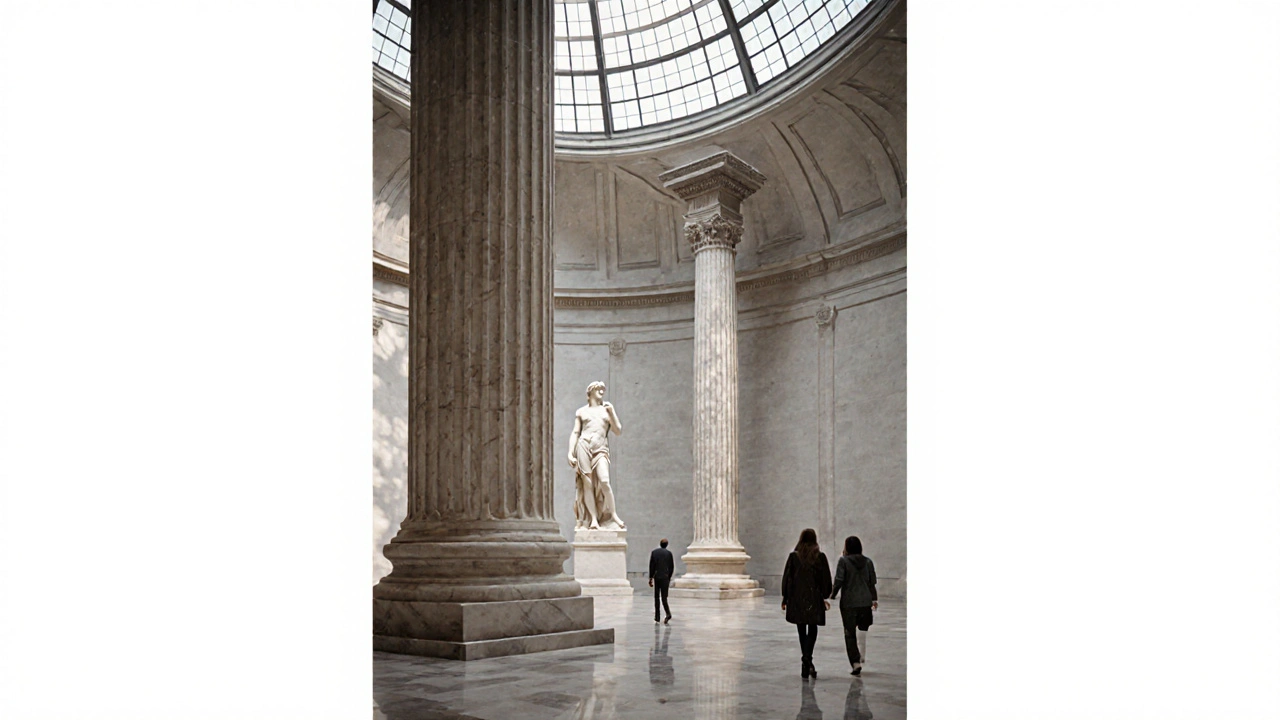Decorative Arts in London: Objects, Design, and Hidden Gems You Can See
When you think of decorative arts, functional objects made beautiful through craftsmanship, like pottery, furniture, metalwork, and textiles. Also known as applied arts, they’re not just for museums—they’re in your coffee cup, your chair, and the tiles on a Tube station wall. Unlike fine art meant only to be looked at, decorative arts are made to be used, touched, lived with. They carry the hand of the maker, the rhythm of the time, and the culture of the place. In London, this tradition runs deep—from 18th-century silverware in the V&A to hand-painted tiles in hidden courtyards.
These objects don’t live in glass cases alone. They’re part of everyday life. craft design, the process of turning skilled making into functional beauty is alive in London’s workshops, where potters throw clay in Peckham, glassblowers shape vases in Hackney, and weavers stitch tapestries in East London. interior design London, how people arrange and decorate spaces with purpose and style draws heavily from this heritage. Walk into a Soho flat or a Notting Hill townhouse, and you’ll see it: a hand-thrown mug on a shelf, a vintage rug underfoot, a brass lamp with patina from decades of use. These aren’t just decorations—they’re stories.
London doesn’t just preserve decorative arts—it reinvents them. You’ll find modern ceramicists reimagining traditional glazes, jewellers using recycled metals in Hatton Garden studios, and designers turning street signs into wall art. The city’s museums, like the V&A, show you how these objects changed over centuries. But the real magic? Seeing them in use. A teapot made in 1890 still brewing tea. A chair carved by hand, still holding someone’s weight. That’s the heart of decorative arts: beauty that serves, and service that becomes art.
Below, you’ll find real places and real stories where decorative arts come alive in London—whether it’s a hidden jewelry workshop, a bakery with hand-glazed plates, or a market stall selling hand-painted ceramics. No fluff. Just the objects, the makers, and the moments where craft meets daily life.
